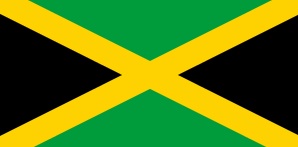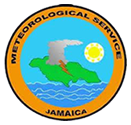The Thermometer is used to measure (air) temperature. The instruments (usually four: maximum, minimum, wet bulb and dry bulb) are usually housed in a Stevenson Screen, which provides a uniform temperature environment for the thermometers.
With the exception of the minimum thermometer, thermometers for meteorological use are mercury-in-glass instruments. The maximum thermometer has a constriction in the bore between the bulb (which contains a reservoir of mercury) and the beginning of the scale. When temperature rises, expansion forces the mercury column past the constriction. When temperature falls, the constriction prevents the mercury from being drawn back into the reservoir and the upper part of the column remains at the extreme position reached until it cools down (or is shaken down in the case of the minimum thermometer) giving the user a chance to get a reading.
The minimum thermometer uses clear alcohol instead of mercury. A small index made of black glass is placed within the tube and rests on the meniscus of the alcohol column. As the alcohol expands and contracts, readings are obtained using the position of the index.


